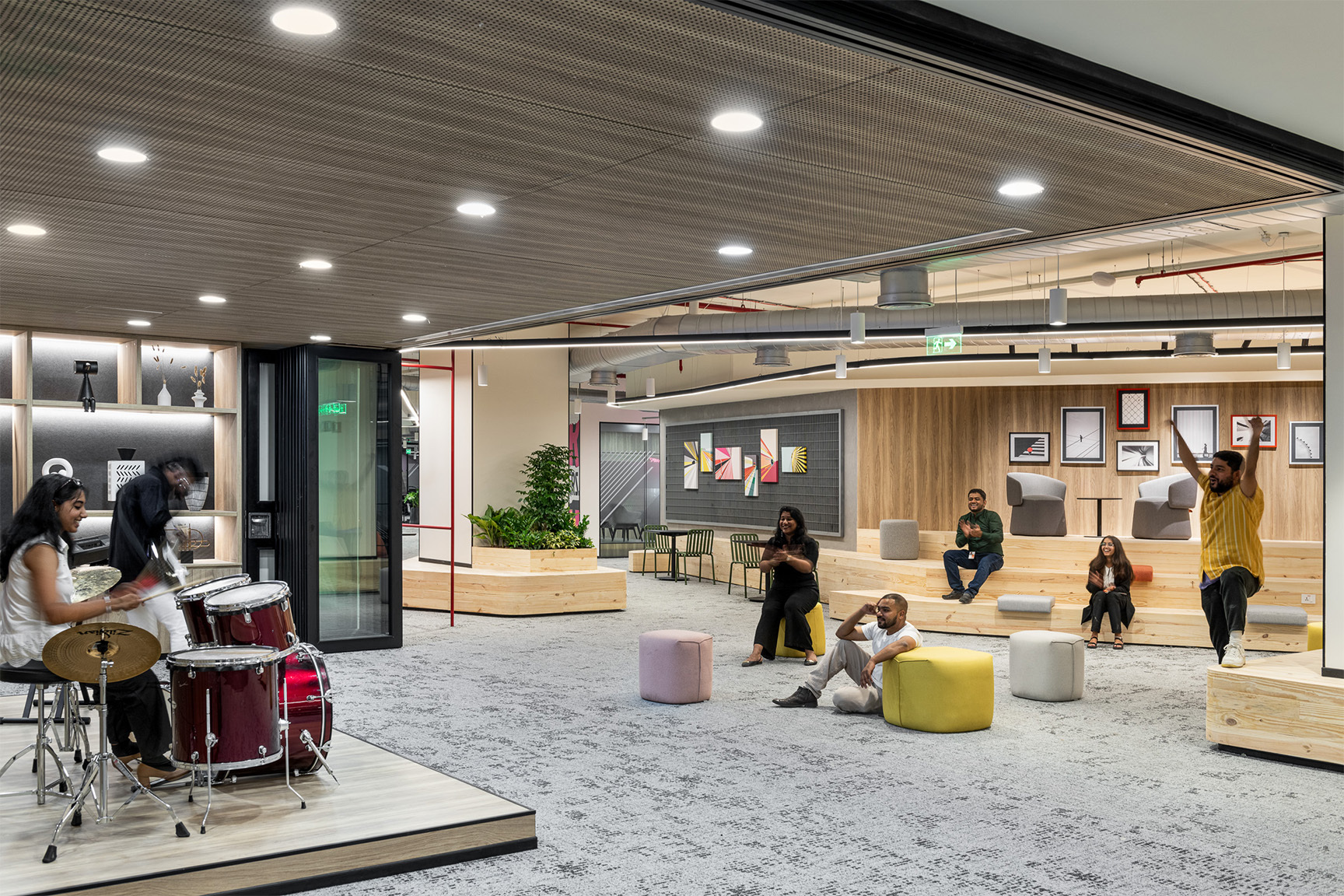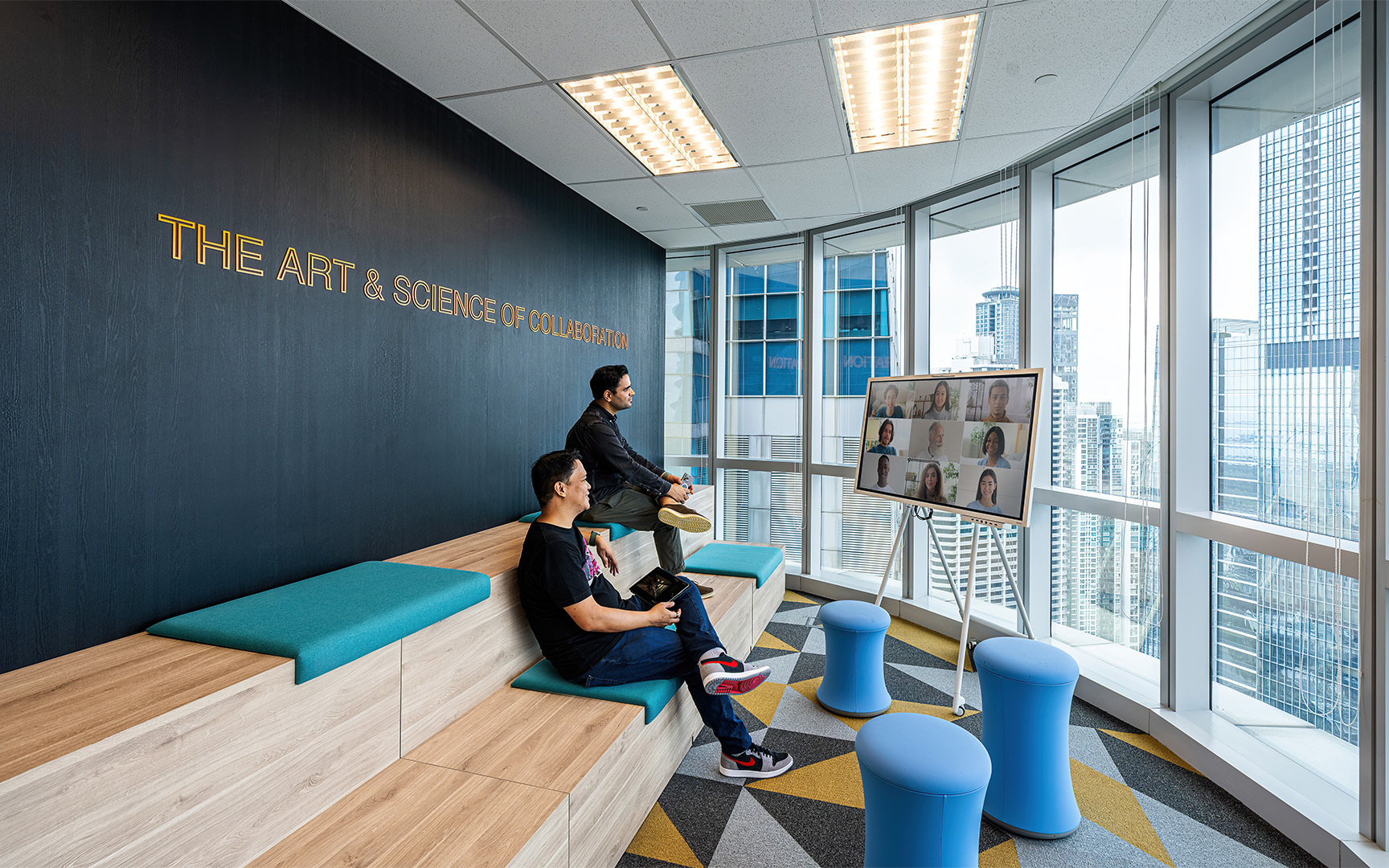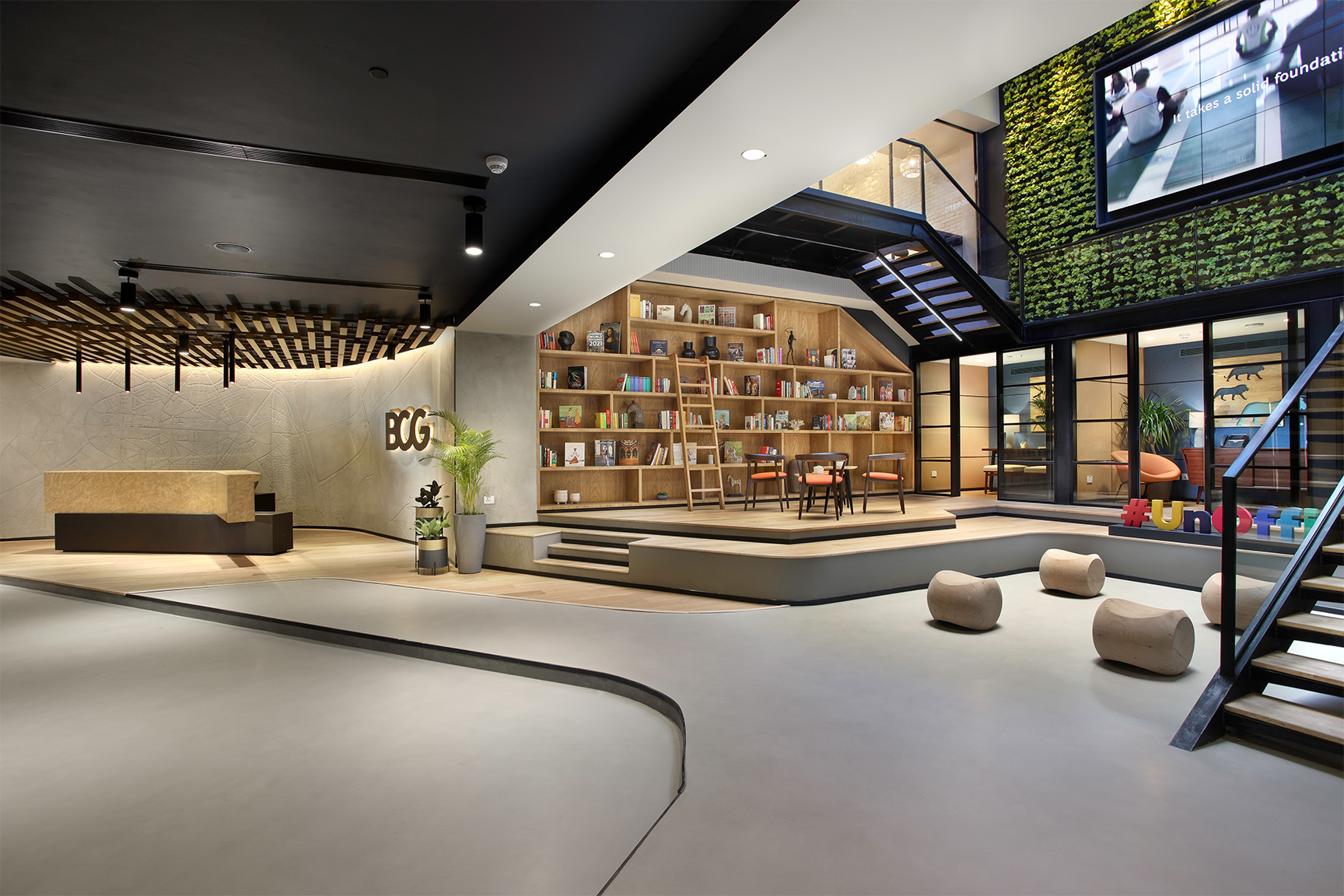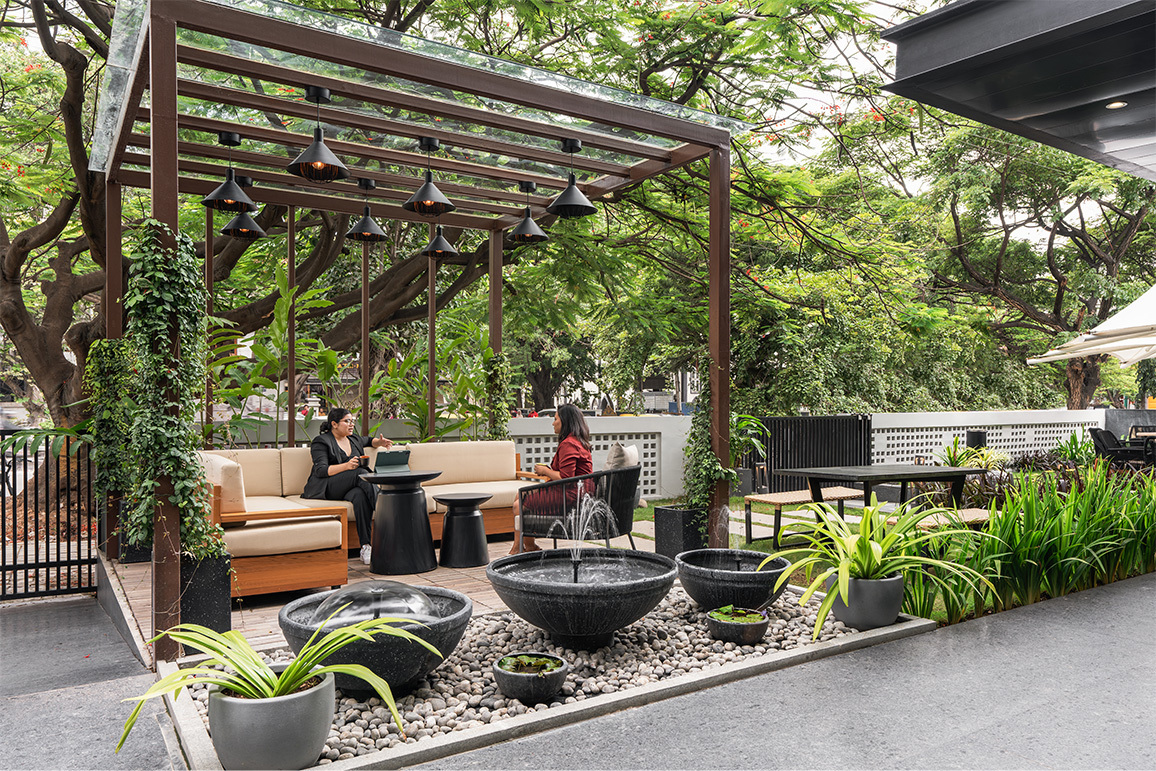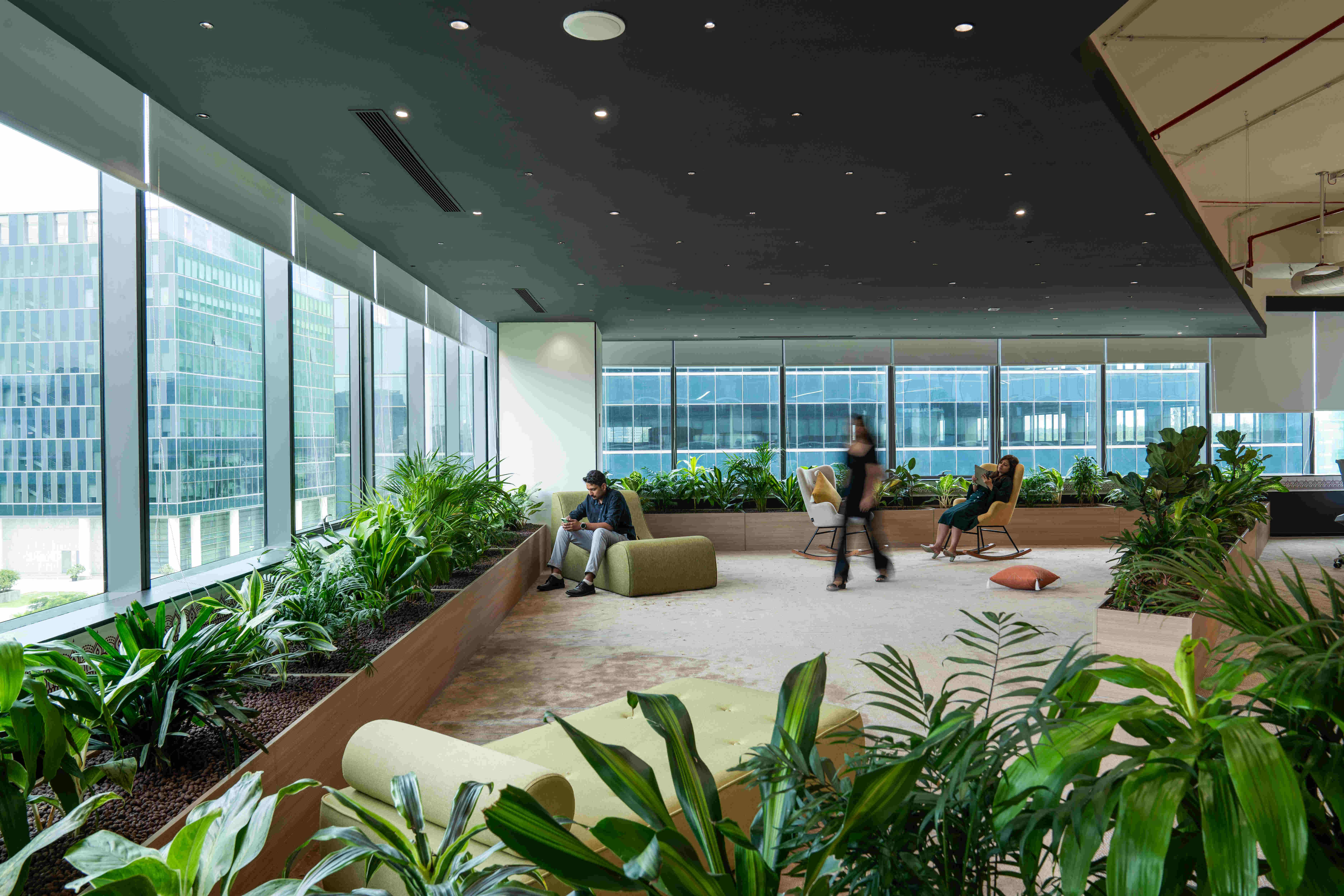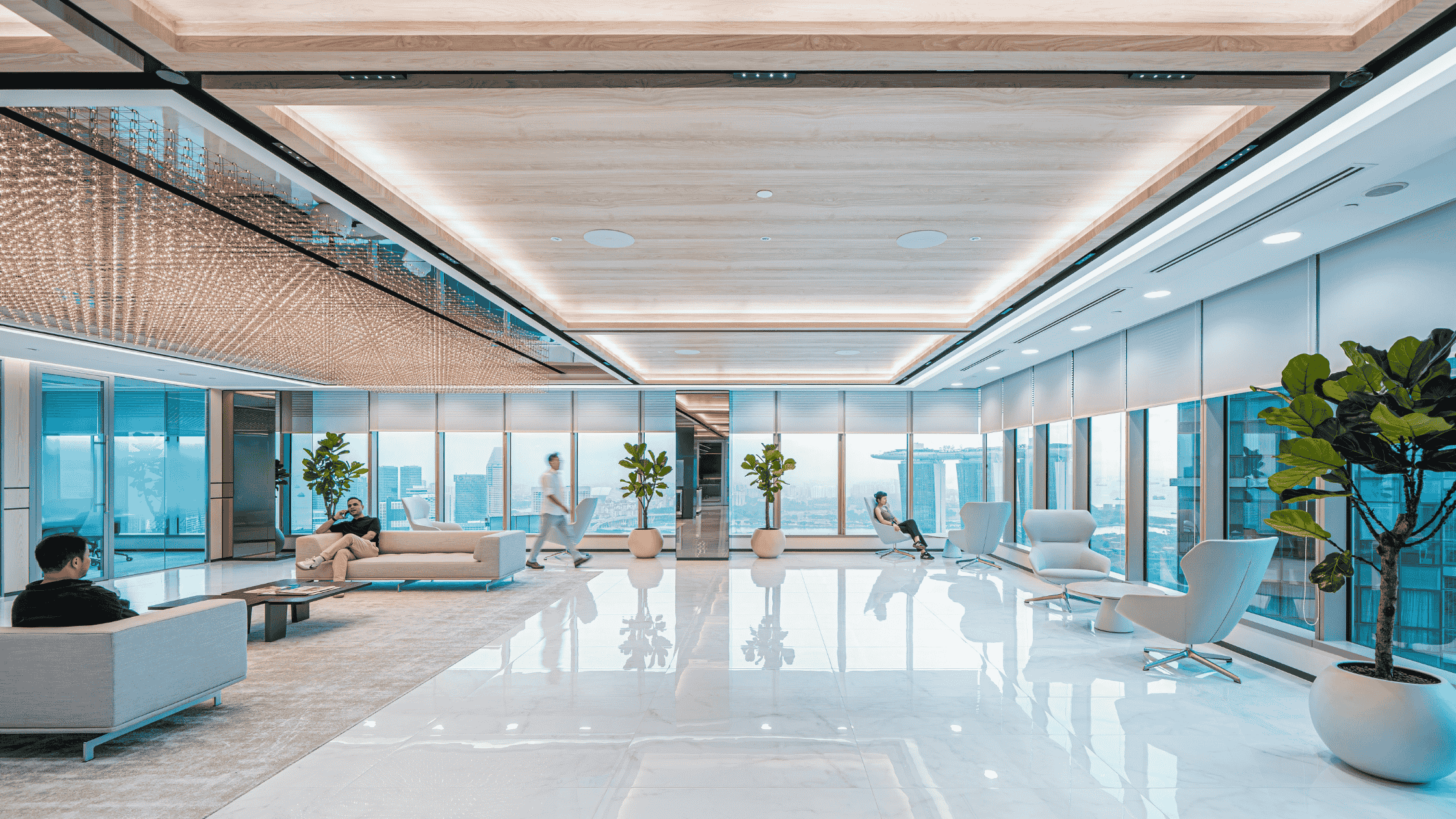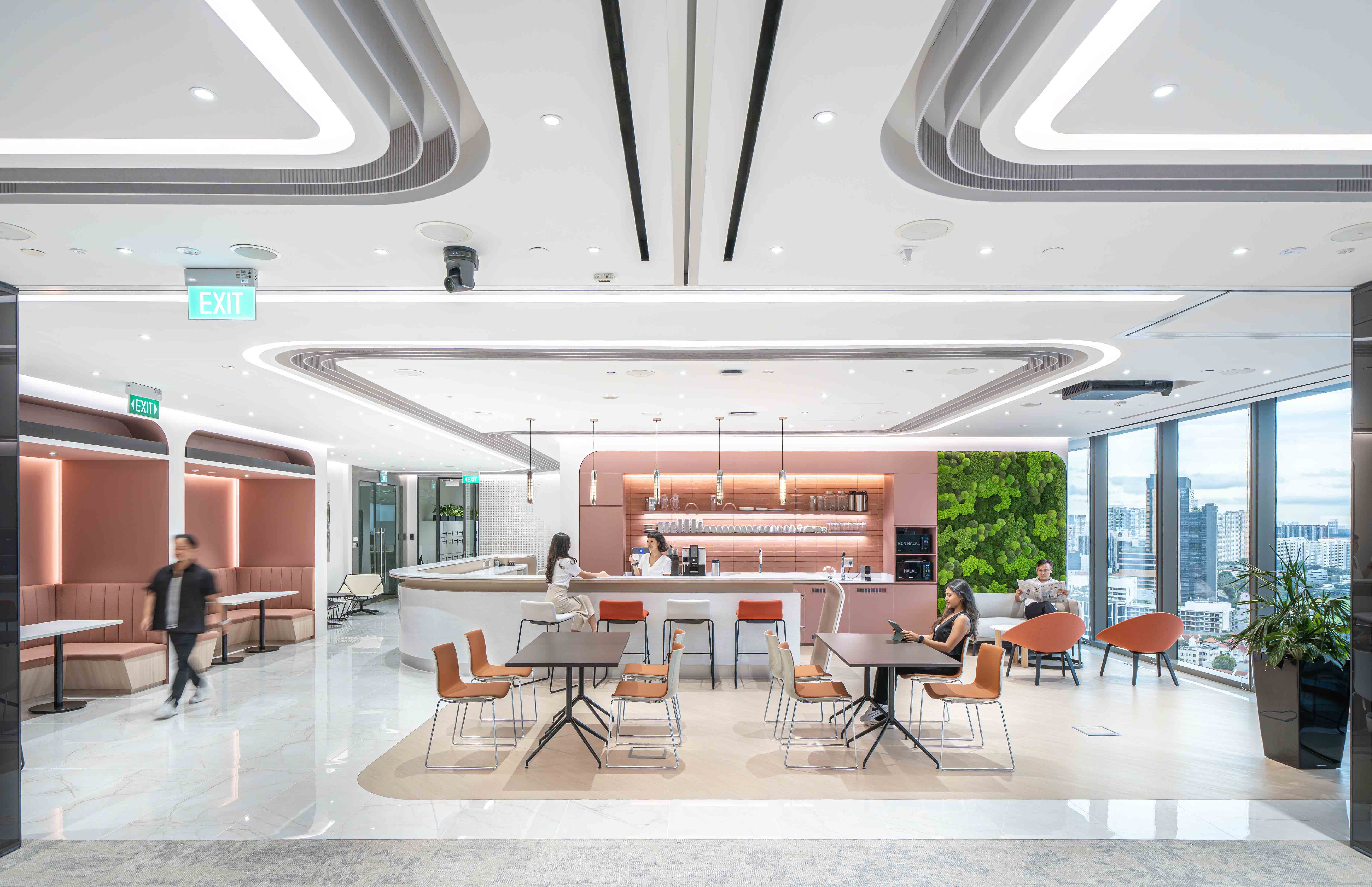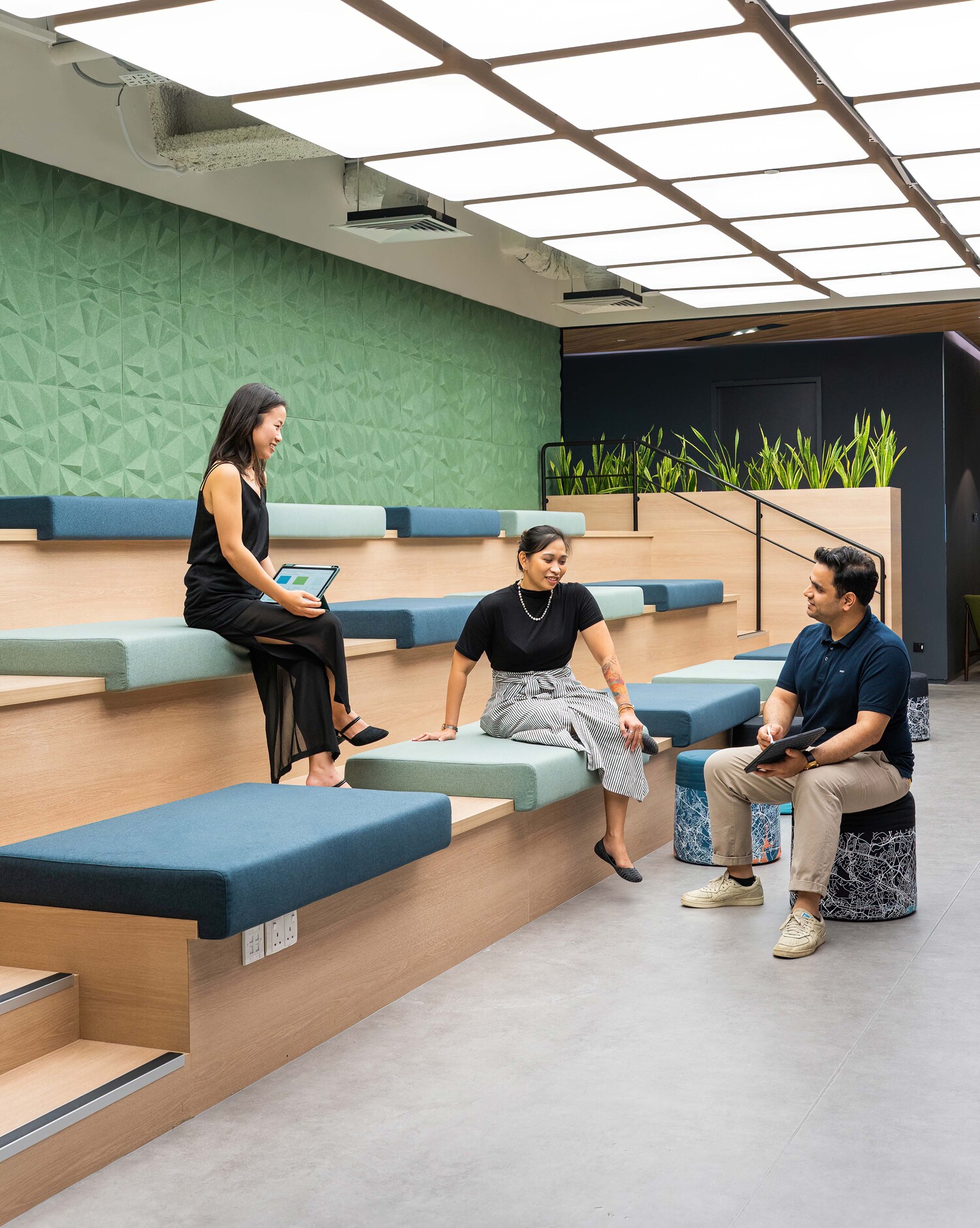Return To Office Mandates Are Ridiculous
Many companies are implementing RTO (return-to-office) mandates, forcing employees back to the office full-time. But is this strategy effective? Let's explore why it might be backfiring.
The downside of return to office mandates
Studies by LinkedIn and others show a trend: 52% of employees are considering leaving their jobs due to inflexible work arrangements. Why? Because flexibility is no longer a perk, it’s an expectation.
Another survey by GPTW highlights the importance of employee autonomy. Workers with no say in where they work are less engaged and less likely to go the extra mile.
These findings paint a clear picture: flexibility and choice are the new standards of working. Companies, regardless of the industry, need to adapt by prioritizing employee needs and creating an environment that fosters a genuine desire to be back, rather than just comply with a mandate.
Attracting and retaining talent through workplace design
While many companies are losing talent due to mandates, some are using workplace design as the key to a successful RTO strategy. These companies go beyond simply getting people back in their seats. They showcase how thoughtful workplace experiences can:
- Engage employees
- Foster a sense of shared purpose and belonging
- Allow employees to embrace the company culture
Let's take a look at some companies that are getting it right:
Take a look at SCOR's stunning headquarters in Singapore. Designed to attract and retain top talent, this space is more than just a workplace; it's an experience.
Stepping into SCOR's office, you can practically feel the energy. The design is dynamic and adaptable, with areas for focused work, collaboration, and relaxation. Employees can choose how they work, whether it's at a high-tech workstation, a comfy lounge area with ergonomic furniture to prevent fatigue or burnout, or a collaborative meeting space equipped with the latest video conferencing technology for seamless communication with remote colleagues.
Also read: From transactions to relationships: Building a workplace that feels like home
The next example of a successful Return to office through workplace design is BCG - a company that thrives on remote work and challenges the idea of a traditional office with its Gurgaon workplace—their competitive edge: The Unoffice.
This innovative space caters to different work styles and brings people together. The ‘Athenaeum’ provides a quiet haven for focused work, while the ‘Work Cafe’ is a hub for casual meetings and brainstorming sessions. Flexible seating arrangements with a mix of chairs, benches, and soft seating create a comfortable and inspiring atmosphere, while lush greenery throughout the space promotes a sense of calm and well-being.
BCG’s Unoffice is a symphony of choices and opportunities, designed to make coming to the office a positive experience that complements, and competes, with the benefits of remote work.
Also read: BCG's winning formula: A workplace strategy that boosted return to office rates 3X
The key takeaway1
These examples illustrate how innovative workplaces can be a powerful tool for attracting and retaining talent in today's world of work. By prioritising employee needs and creating inspiring work environments, companies can move beyond mandates and build workplaces where people thrive.
In this new era of work, the most successful companies won't be the ones that force employees back to the office, but the ones that design workplaces that make people want to be there.
This shift towards employee-centric workplace design will be key to success in the future of work.
Learn how to turn your workplace design into a strategic business advantage and a talent magnet. Speak to our workplace design expert

